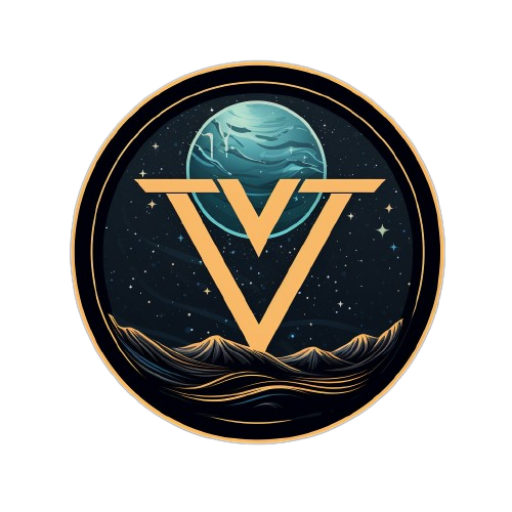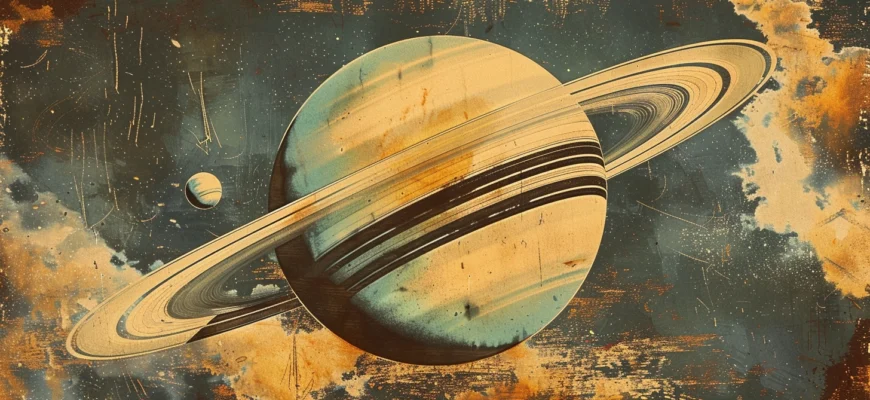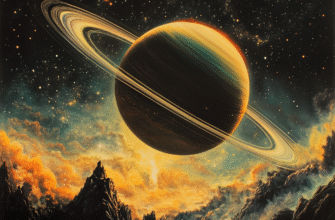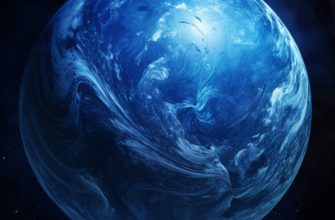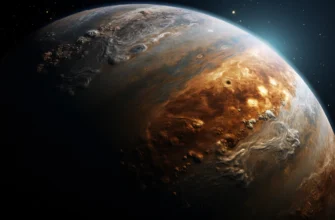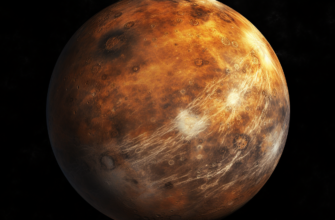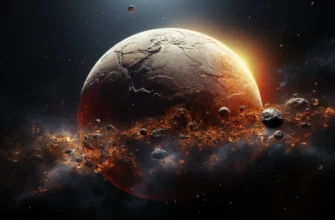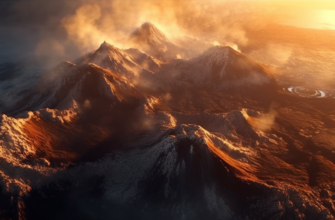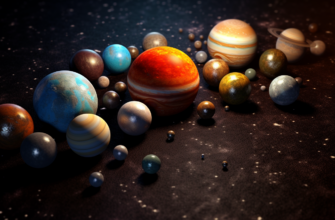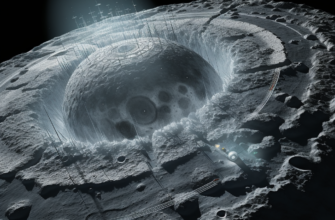“The rings of Saturn are one of the most spectacular in the universe.” – Written by Carl Sagan.
Stretching for hundreds of thousands of kilometers across Saturn’s celestial terrain, Saturn’s iconic ring system is an incredible cosmic fabric woven from billions of snowflakes This celestial phenomenon has fascinated stargazers and astronomers for centuries, and has given us pleasure our curiosity has tempted and tempted our minds.
Heavenly Ballerinas
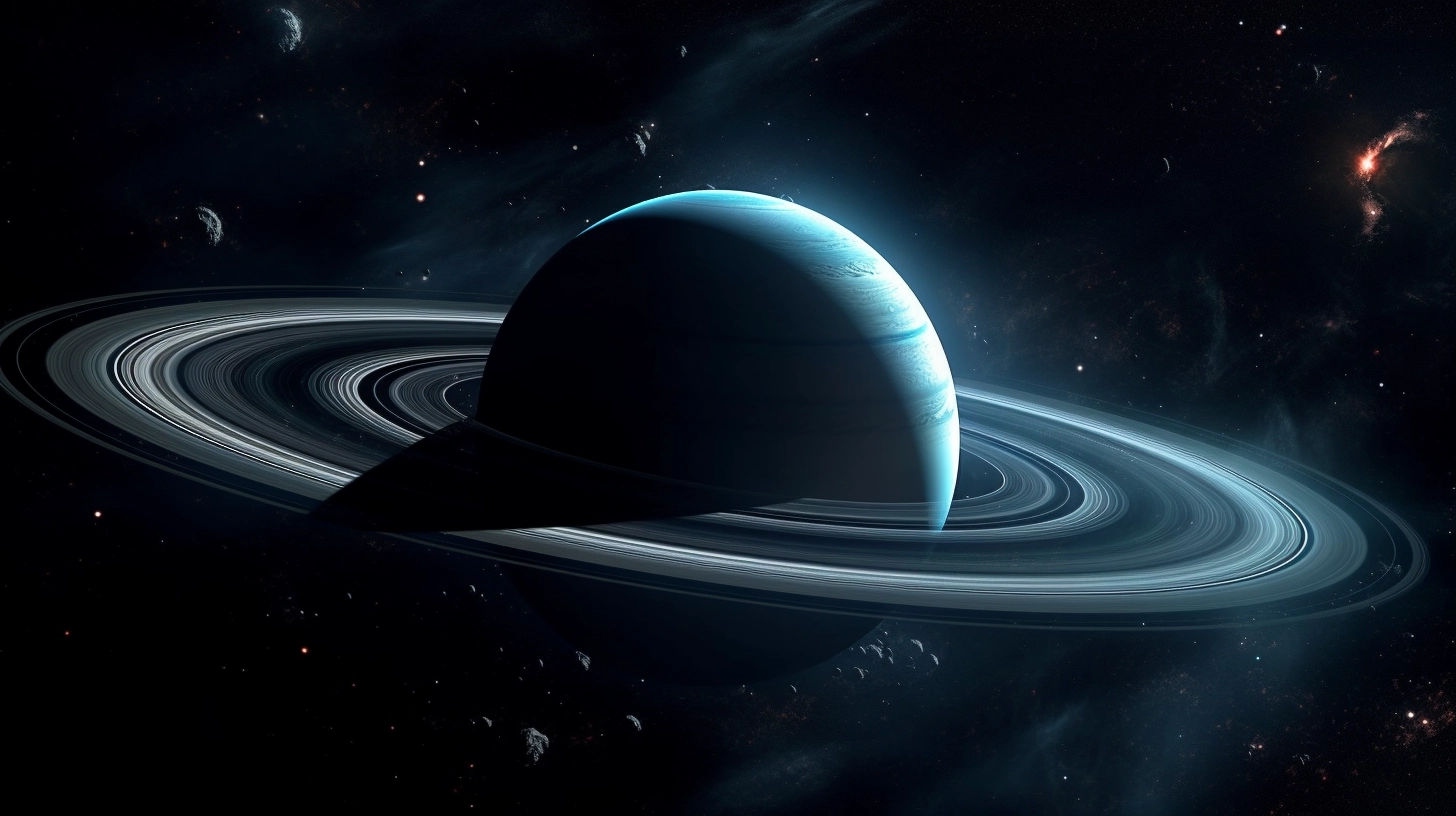
From Earth’s perspective, Saturn’s rich rings are like a soft, gossamer blanket around the golden planet. But this divine ballet is far grander and more complex than it appears at first glance. The rings are composed of countless individual particles, each one taking a complicated path through Saturn’s field, passing through the network of strong gravity.
“The rings of Saturn are one of the most striking examples of order and beauty in our universe.” – James Lovell, astronaut.
The main rings carry catchy names: D Ring, brightest and outermost; C Ring, which is interesting; B Ring, thickest and least obvious; the Cassini Division, the dark channel separating rings A and B; And finally, A Ring’s shiny, sprawling ice glory.
Beyond these familiar structures lie many fragile and elusive rings, including the narrow F Ring, the mysterious Janus/Epimetheus Ring, and the fragile G and E Rings, each with its ‘own unique characteristics, from compositions to specific cyclic energies, and complex cosmology. weaving quilts that remain fun and interesting.
Snow and gravel
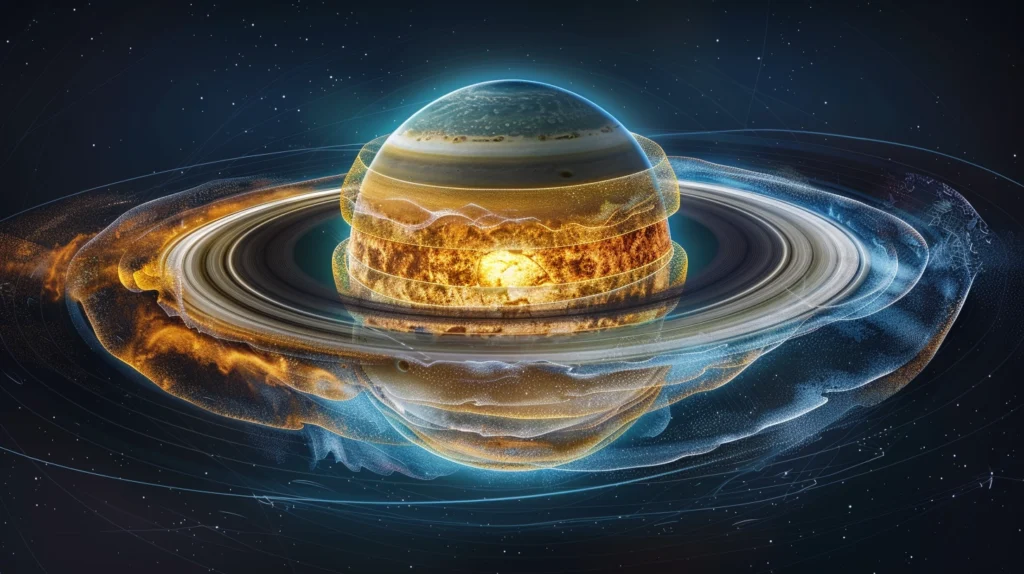
Saturn’s ring system is a genuine celestial wonder, with billions of particles ranging in size from mere micrometers to the occasional house-sized rock The main components are water ice and rock dirt, but also the rings contain organic matter and small amounts of iron and other metals.
The intricate design and arrangement of the rings are a testament to the dynamic interaction of the forces shaping this celestial sculpture. From the incredibly dark Cassini Division to the complex tidal structure and spiral tidal density, every feature touches on the complex interactions between the particles and gravity of Saturn and its moons between the many.
The Saturn ring system is like a cosmic ballet, a performance simulated in heaven. The movement of each particle is determined by gravity, gravity, sound, Saturn, and the Moon, all of which conspire to create a spectacular dance of light and shadow.
The Moon of the Bull
In addition to orbital resonance, Saturn’s many moons act as celestial shepherds, using their gravity to guide and shape rings These moons exert gravity from just a few kilometers to giant titans such as on Titan and Rhea to control rings edges, maintain gaps, in rings They also create dramatic patterns.
For example, the F-ring is maintained by the moons Prometheus and Pandora, whose gravitational pull causes the plate to thin and curve. Similarly, Janus created the sharp outer edge of the A ring, while the inner edge is defined by the influence of the moon of Mimas.
These Guardians of the Sky play an important role in the complex structure and patterns we see in the Saturnian ring system through their incredible cosmic dance with the particles of the ring.
The Original Cloud
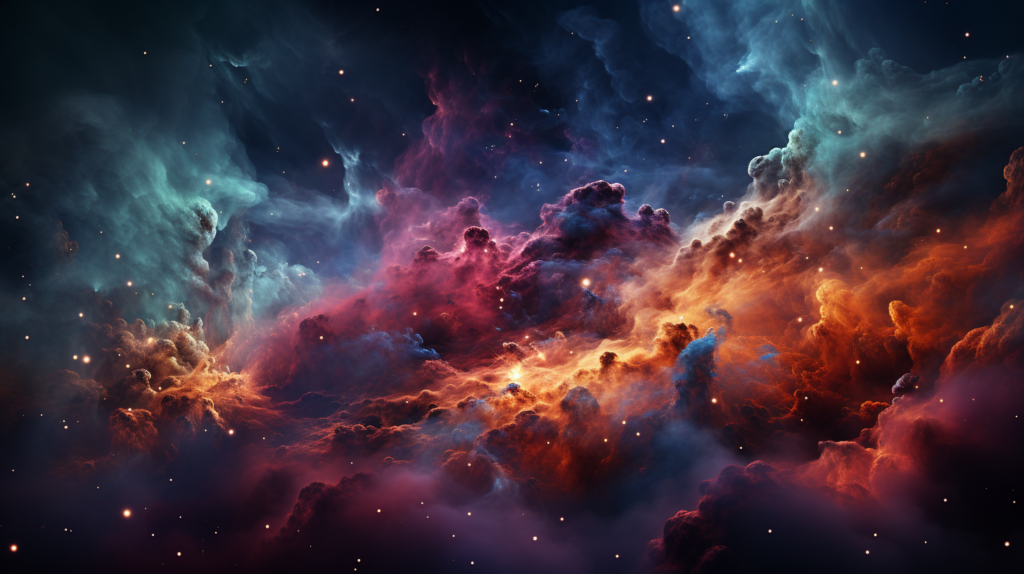
While Saturn’s ring system captivates us with its ethereal beauty, its origins have long been of great interest to scientists. How did these celestial bodies come to be, and what can they reveal about the formation and evolution of our solar system?
A major theory suggests that the rings came from the same original cloud of gas and dust that gave birth to Saturn and its moon millions of years ago and that as this bubble-like material cooled, Saturn and the starter formed a center, and the rest of the debris settled into a large rotating disc.
Gravitational interactions over many years and collisions between the larger bodies in this disc gradually sculpted material into the complex ring structure we see today This shape is characterized by tiny rings of ice of the earth, which are believed to be the remnants of ancient watery bodies that once existed and live in the outer solar system.
Disturbing Dance
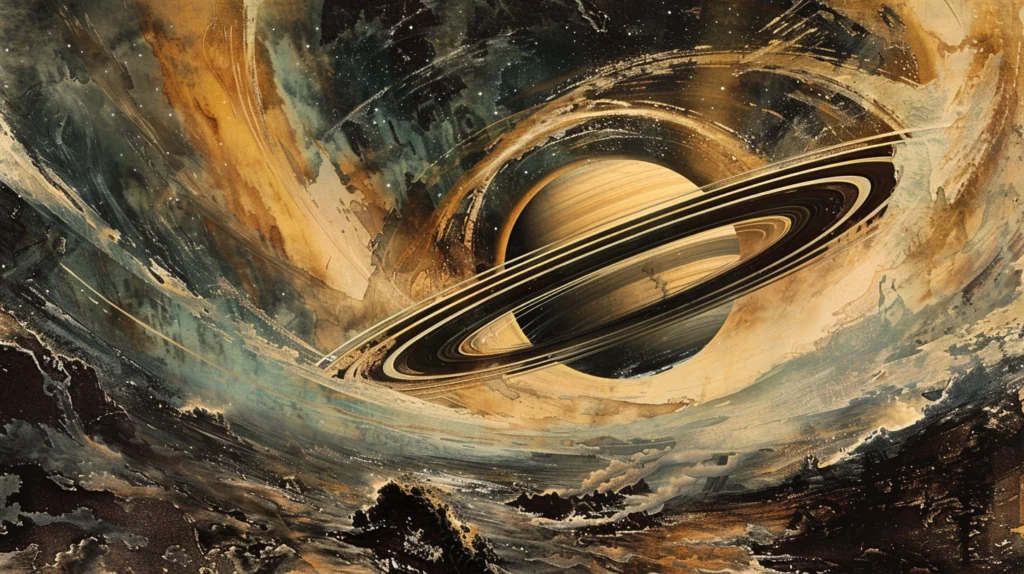
Another interesting theory that has been proposed is that Saturn’s ring system is the result of a catastrophic destruction of the once-strong moon. In this case, a giant icy satellite got too close to Saturn’s Roche limit – the point where the planet’s gravitational pull exceeded the unity of a body – and waves could tear it apart.
Then the moon the remnants of this misadventure disintegrated into a mass of debris, and in time settled into the complex structures we see today, the many differences and accents in the rings, most likely due to the force of its gravitational interactions and support this theory of Saturn with moons – celestial descendants of a lost satellite.
While both theories have their merits, the true origin of Saturn’s ring system remains a matter of ongoing scientific investigation. As we deepen our understanding of the universe, we can discover new clues that shed light on the mysterious origins of this celestial wonder.
Universal Explorer
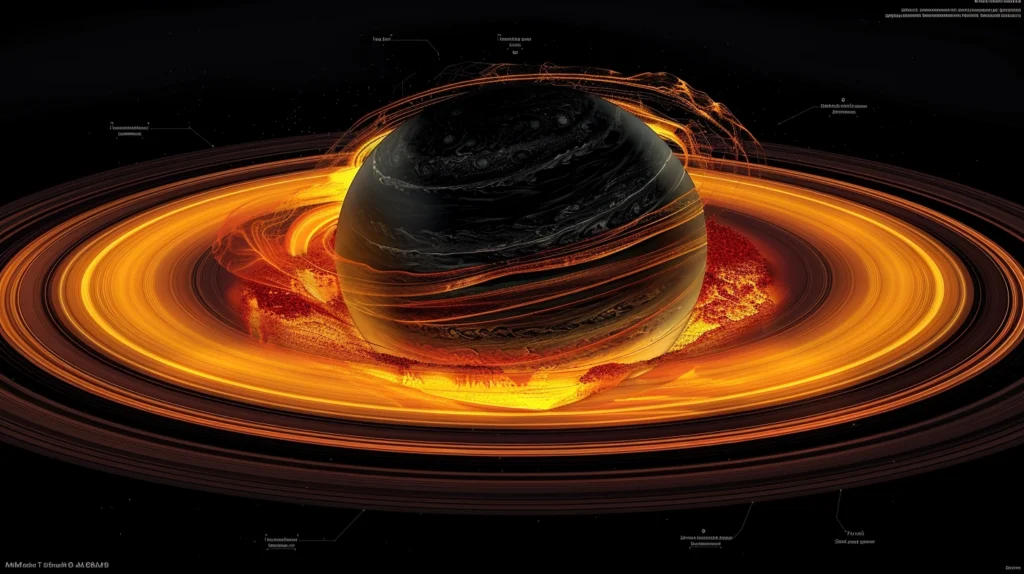
Since the beginning of modern astronomy, Saturn’s ring system has fascinated scientists and stargazers alike. From the pioneering discovery of Galileo Galilei to the breakthrough discovery of the Cassini-Huygens mission, our understanding of these celestial bodies has been advanced by cosmic missions.
The first discovery of the ring system of Saturnia dates back to the pioneering work of Galileo Galilei in the early 17th century. With his first telescope, Galileo noticed strange vertical rings on different sides of the planet, but he had no resolution as to their true nature.
By the end of the 17th century, the Dutch astronomer Christian Huygens used Galileo’s observations to correctly conclude that the cryptic shapes were indeed a system of rings around Saturn This breakthrough paved the way gave a deeper understanding of the Saturn system and inspired a re-examination of astrophysics.
The Cassini Legacy
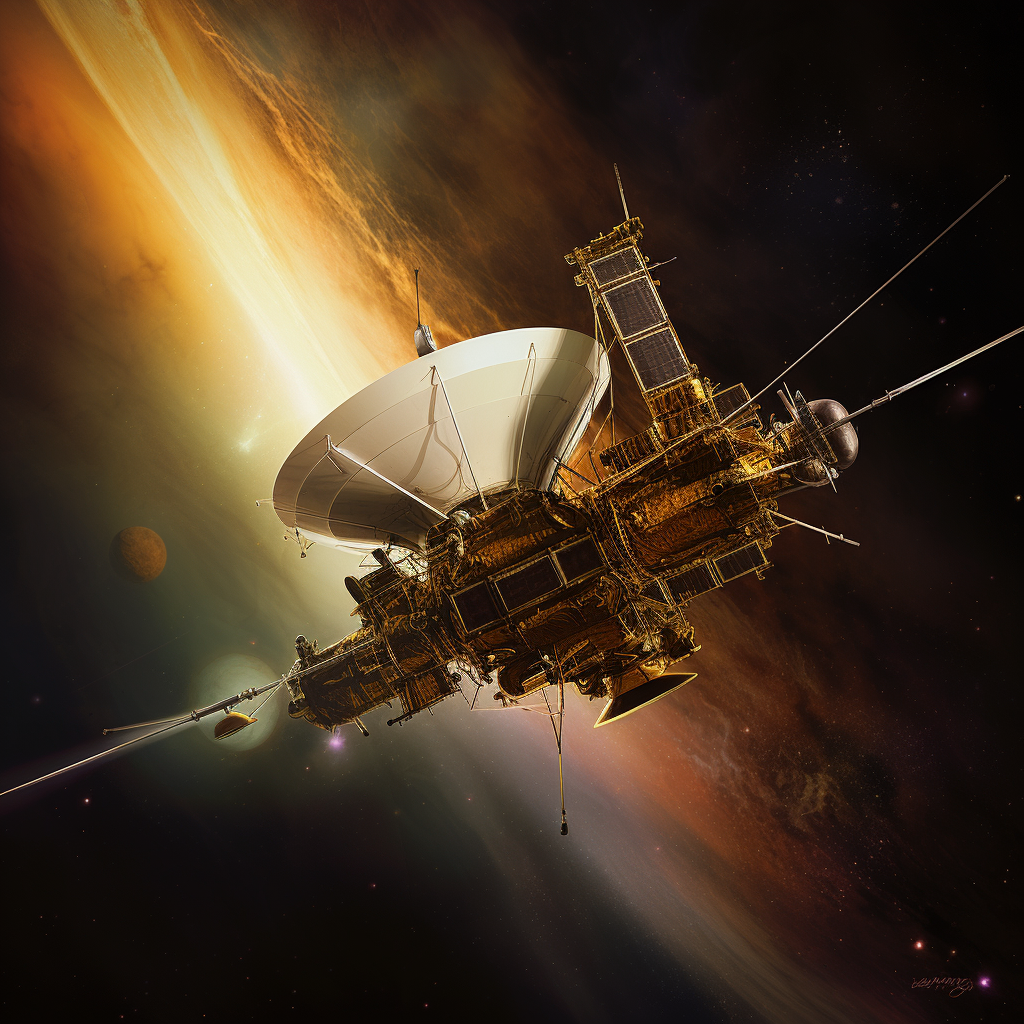
Our knowledge of Saturn’s ring system in modern times has been developed by the Cassini-Huygens mission, a joint effort by NASA, the European Space Agency (ESA), and the Italian Space Agency (ASI) Ten years after the launch of Cassini the orbiter attacked it in 1997. Saturn, its rings, its numbers The moons had been studied closely, taking spectacular photographs and gathering valuable data.
One of Cassini’s most notable accomplishments was the Huygens lander, which landed through Titan’s dense atmosphere in 2005, becoming the first spacecraft to land on the moon in the outer solar system this phenomenon not only gave us unprecedented insight into the mysterious surface of Titan, but furthered our understanding of the Saturn system as a whole.
The wealth of data collected by Cassini has transformed our understanding of Saturn’s ring system, revealing complex structures, dynamic processes, and intriguing clues to the origin and evolution of this celestial wonder.
After Saturn
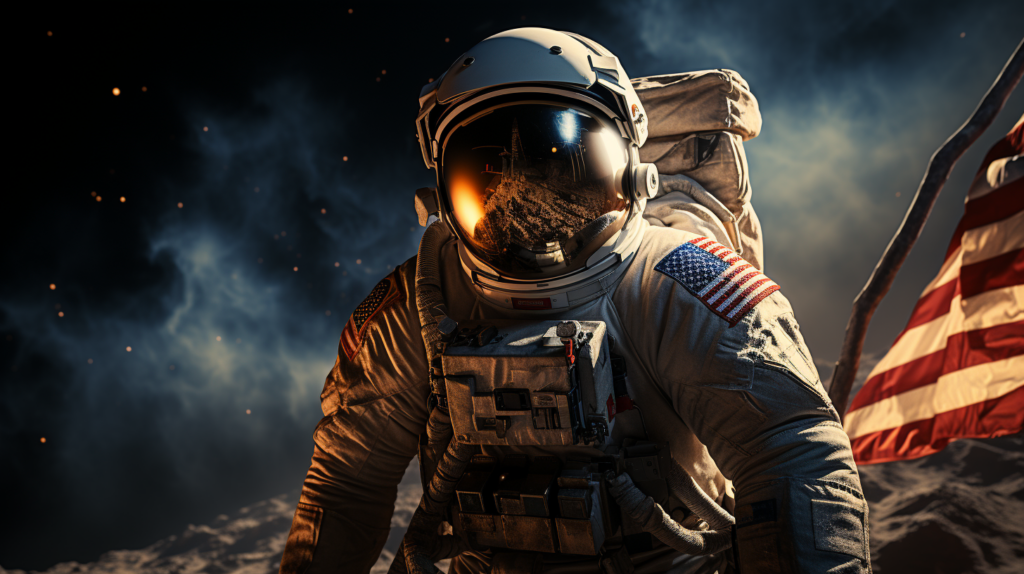
While Saturn’s ring system is undoubtedly one of the most fascinating celestial bodies in our solar system, it’s not the only massive one. Ring systems around other planets, asteroids, and distant stars have been found throughout the universe, showing how common these celestial bodies are.
Outside the backyard of our cosmos, astronomers have discovered ring systems around other planets, such as the faint, dusty rings around Jupiter, Uranus, and Neptune.
Even more exciting are the recent discoveries of ring systems around distant stars and asteroids. For example, the dwarf planet Chariclo was found to have two thin, dense rings, challenging our earlier assumptions about the formation and longevity of such objects.
Echoing the vast expanse of space, this celestial music reminds us that the universe is made up of interconnected events, and each sound contributes to the great cosmic music.
The Rhythm of Creativity
Beyond their intrinsic beauty, the ring systems of our universe hold profound insights into the origins of planetary systems and the birth of stars By studying the formation, dynamics, and distribution of these stars, astronomers in hopes of discovering planet formation, stellar evolution and the complex dance of matter and energy used to make the universe.
Saturn’s ring region is essentially a celestial laboratory, offering a spectacular snapshot of the processes that shaped our solar system billions of years ago The complex shapes and rhythms of rings may contain clues to the origins and conditions that gave rise to the planets, moons, and asteroids we see today.
As our understanding deepens, these divine systems can reveal the echoes of creation itself, whispers from the beginning of time that can unlock the mysteries of the origins of our universe.
Enduring Attraction
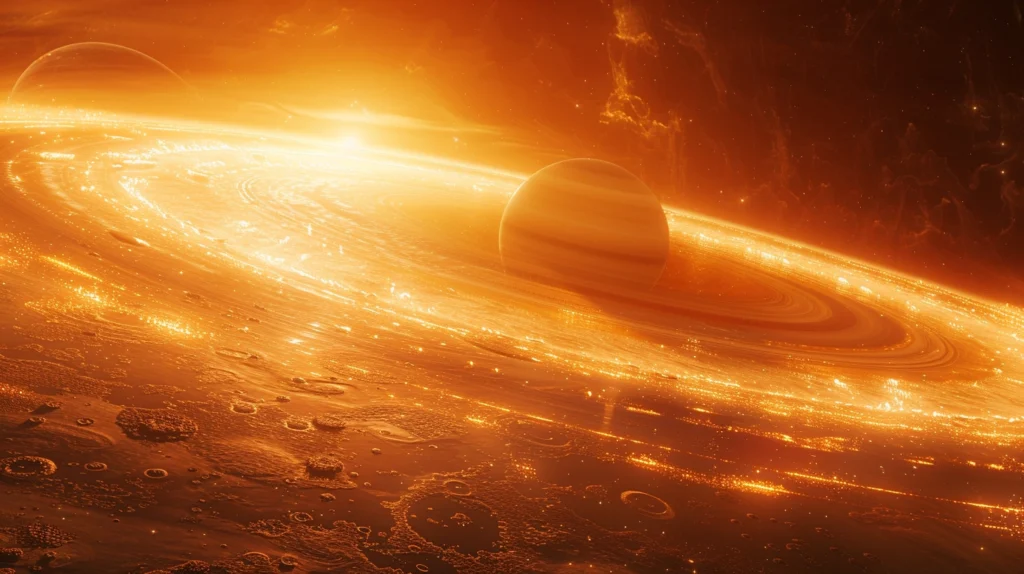
Throughout human history, Saturn’s ring system has captivated us and inspired generations of stargazers, artists, and dreamers. From ancient mythology to modern science fiction, these celestial wonders weave themselves into the fabric of our culture.
“The rings of Saturn are a masterpiece of the universe, a testament to the vastness and grandeur of the universe.”
Saturn’s ring configuration has been a recurring theme in art and literary history, its ethereal beauty and celestial majesty inspiring countless creative stories From the wild paintings of the Romantic era to science fiction on strange tales.
Furthermore, Saturn’s ring system has played an important role in our scientific understanding of the universe. Every discovery, every amazing discovery challenges our preconceived notions and pushes the limits of our knowledge, reminding us that the universe is a vast canvas of mysteries always waiting to unfold will be opened.
As we explore the celestial realms, there is no doubt that Saturn’s ring system is an enduring source of inspiration, a beacon of cosmic wonder that ignites our imagination and leads us ever deeper into the mysteries of the universe.
